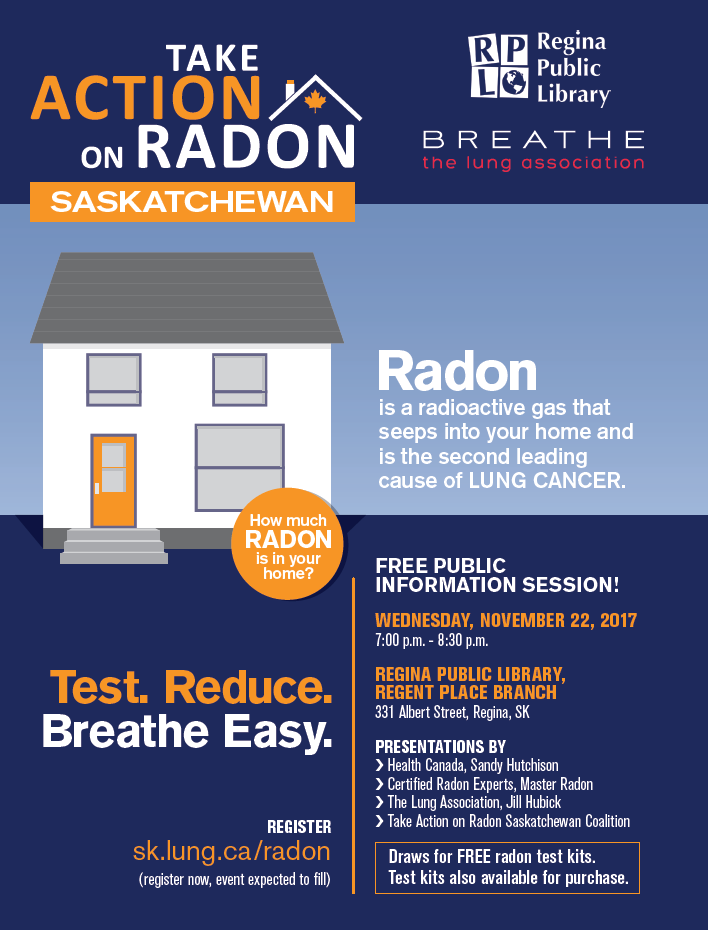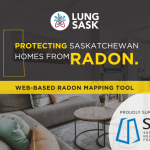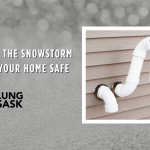Health groups urging Saskatchewan residents to protect themselves from radon-induced lung cancer
Radon is a colourless, odourless, tasteless radioactive gas comes from the breakdown of uranium found in the soil and rock. Radon is the second leading cause of lung cancer and Saskatchewan is a hot spot. All home and buildings contain some radon; the question is how much. The only way to know is to test. Sandy Hutchison from Health Canada says, “Saskatchewan is a radon prone province compared to the Canadian average. In some areas of the province one in four homes have levels above the guideline of 200 Bq/m3. Overall 16% of the homes in Saskatchewan are estimated to be above the guideline.”
Breathing high concentrations of radon over a long period increases the risk of developing lung cancer. At least eight Canadians die every day from radon-induced lung cancer.
“I wish we knew years ago about the risk of lung cancer from radon exposure,” said Mark Nielsen, whose wife was diagnosed with lung cancer just after their family dog was found also to have lung cancer. “I want to share our family’s story so that other people will take action now before it is too late. My doctor told me about radon and when we tested our home we found the level was over the Guideline. I hope that everyone will test their home and fix it if necessary. The system we had installed reduced the levels to 33 Bq/m3, a level similar to outdoor air.” Mark’s wife Lori passed away on Jan 22 one week before their 28th wedding anniversary and 3 weeks before their grandson was born.
Public Opinion research indicates that while radon awareness in Canada is increasing, the link between radon exposure and lung cancer risk is low and Canadians think that reducing radon is difficult and expensive. These perceptions are wrong. “Radon is a silent killer in Canadian homes,” said Mike Holmes Jr., home renovation expert, television personality and prominent radon awareness campaigner. “What’s shocking is that so many people who know they are living with dangerous levels of radon do nothing to fix the problem. The good news is that if a radon test confirms your house is contaminated, fixing the problem is not only easy but also relatively inexpensive.”
November is Radon Action Month
“To encourage more Saskatchewan residents to take action on radon, we have some exciting radon initiatives planned this month,” says Jill Hubick, Registered Nurse from The Lung Association and chair of the provincial radon coalition. The Lung Association will be hosting a free radon information session in Regina on Wednesday Nov. 22, 2017 from 7–8:30 p.m. at the Regina Public Library, Regent Place Branch (331 Albert St. Regina, SK). Main presenters include Sandy Hutchison from Health Canada and Frank Kirkpatrick a Certified Radon Reduction Professional. All media are invited to attend.




